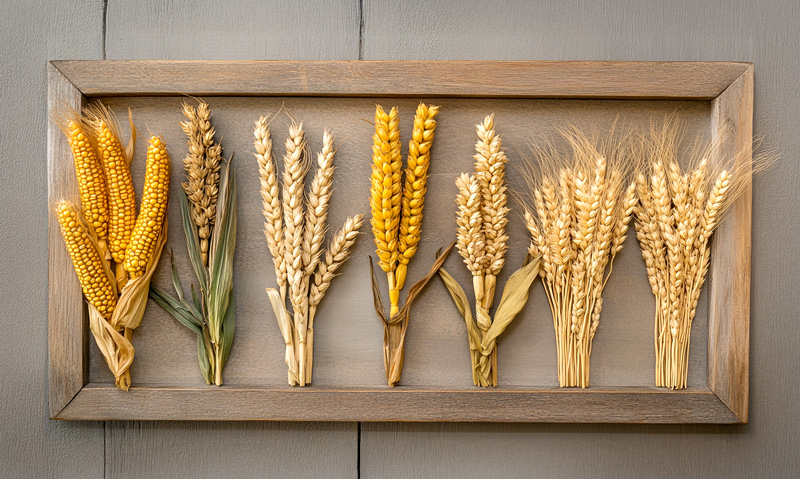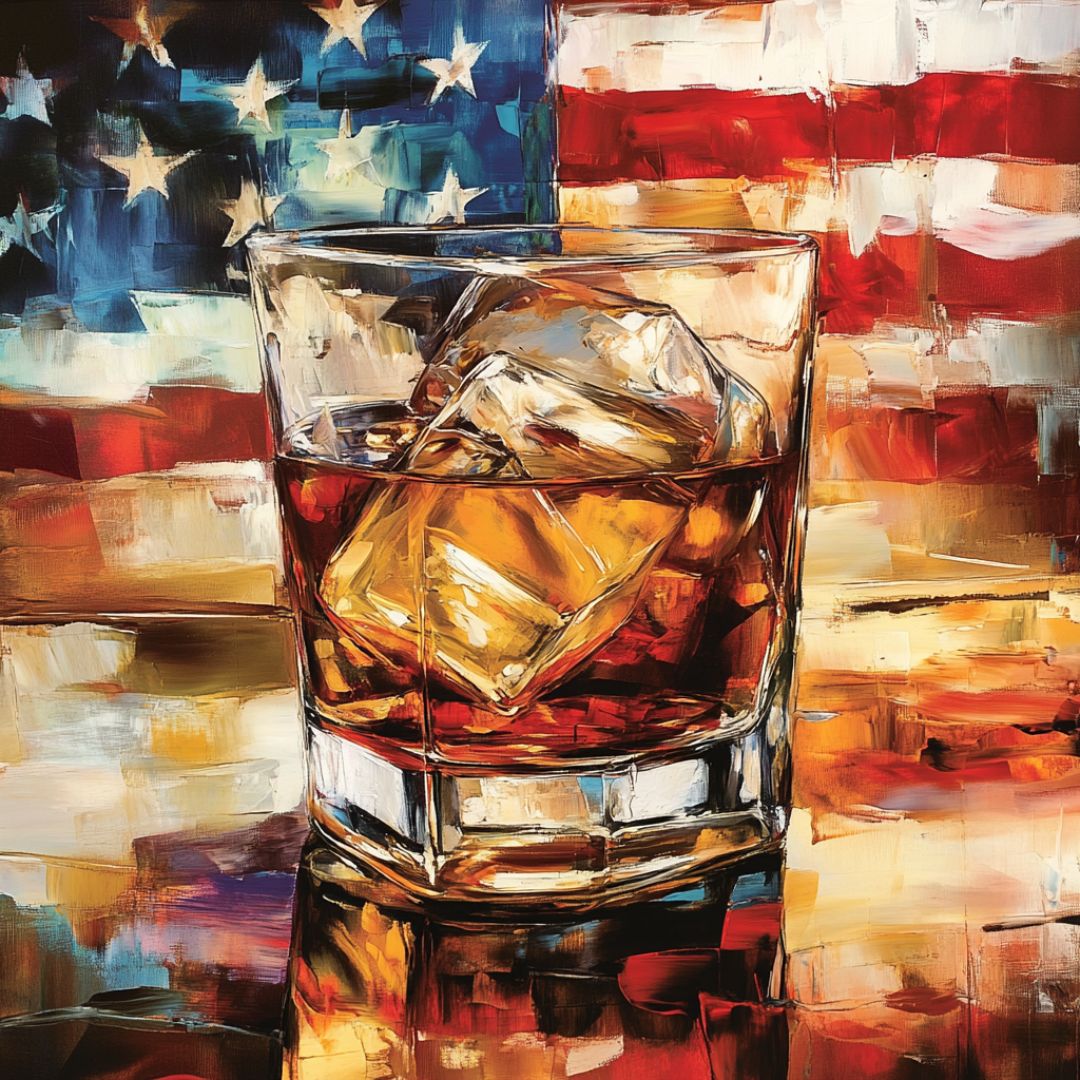How is American whiskey a cultural value?
It’s no secret that American values that shape a culture can change over time. That is true for most of the world, so nothing new there. Early in America’s history almost every farmer had a still and made whiskey as a practical matter to convert his surplus grain into something that wouldn’t rot on the floor in his barn.
Then there came the Temperance movement, and with it the disastrous policies of Prohibition which destroyed a large sector of the American economy. These policies bankrupted whiskey producers, farmers, and people in many other connected industries while opening the door to organized crime.
Today, we are seeing the opposite where more producers are entering the market and both consumption and distribution are expanding. New innovations in whiskey are being brought to market and the quality and variety have never been better. The whiskey consumers are more informed and educated today than ever before. So it is that ultimately change can be a good thing.
One constant is that as Americans, we have always valued our own uniqueness. This idea is grounded in our right to free expression from our founding and is deeply woven into our culture. But not everyone sees America as a unique and interesting place these days.

In 2015, a Norwegian writer, Karl Ove Knausgård was hired by the New York Times Magazine to travel America as an outsider, and report his experience. He describes the American landscape as devoid of any unique character whatsoever. He writes, in part, “…the landscape had been the same, a sort of centerless, semi-urban sprawl of highways, subdivisions, shopping malls, warehouses, gas stations, and factories.”
Of course this is not a surprise to hear coming from a European. Europe has millenniums worth of art, architecture, archaeology, culture and traditions surrounding its citizens all day, every day to remind them of their history and diverse origins. In stark contrast, America likely has no significant standing man-made structures more than 300 years old. From this perspective, America is still a relatively young nation.
Knausgård illuminates an important point here, though. What does our architecture, art, literature, media, clothing, food, and everything else “American” say about our culture today? Is this “flavorlessness” truly what America has become? If we are the people who take pride in our right to “freedom of expression” then why is it so difficult for a modern European to see anything distinctive about our nation?
The root of this issue of perceived modern American “flavorlessness” has probably grown out of a combination of varying amounts of apathy and necessity. Most of us are not artists, architects, or city planners. We have developed a mode to produce everything to facilitate what will sell or serve, what is practical, and what can be afforded. No sensible city planner would ever recommend an expensive and totally new design for the town that the people did not like or could not be afforded just because it was creative and unique. Likewise, the local diner is not going to change over their menu to all new expensive and creative foods that people just won’t pay to eat. So what we end up with is what Knausgård saw—a largely generic America that has been reduced to the most efficient common denominator in almost everything from cheeseburgers to gas stations and grocery stores.
American communities are renewing and reinventing themselves at the local level. Kentucky in particular has continued to lead the way in in creating and defining “Bourbon Tourism” which has been an unprecedented success. As in Kentucky, city planners, retailers, and others across the nation are beginning to re-use and repurpose stressed and abandoned areas for new parks, shops, eateries, upscale living spaces, entertainment venues, public transportation, and so on. It’s a shame that Mr. Knausgård cheated himself from an authentic American experience with what seems to be a bit of ordinary tunnel vision. People often see what they want to see. I am sure that I could tour his home in Europe and only see urban blight if that’s all I was looking for.

There are notable changes in American tastes and preferences happening over time that are driving new flavors in America. While past their prime in recent days, craft beers are a good example of the unique flavor of America. Better still has been the rising tide of new small batch, single barrel, and ultra-premium craft whiskeys that grew from the post-1970 rebuilding of the industry. Similar to what occurred in the craft beer industry, these offerings have gradually redefined the entire American whiskey industry and elevated it to become world class. All these are distinctly different and have their own unique flavors, art, architecture and bold American culture associated with them. If “sameness” is all Mr. Knausgård sees, forget the architecture—we could show Mr. Knausgård a hundred unique American whiskeys with all their wonderful attributes, various mashbills, and fascinating histories all their own. Whiskey has always played an important role in the flavor of America.
Not everyone has to be an artist or an architect to contribute to the story of American uniqueness. It would seem that in his self-guided tour of America, Mr. Knausgård sadly missed the best parts of the nation. If he ever finds himself on this side of the pond again, I would be proud to treat him to a tour of our slice of unique America to be found right here. American whiskey is a cultural value because it is both a result and reflection of American uniqueness. If I had general advice for Knausgård in his travels, it would be for him to drive the entirety of the Kentucky Bourbon Trail for starters.




